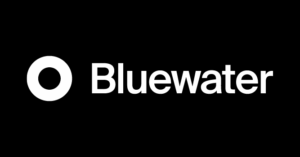Sustainability
Climate change is an existential threat to our sport. From extreme heat, to flooding, to bushfires, to drought, cricket is the number one turf-playing sport affected by climate change, which is why Desert Vipers are putting sustainability at the core of our franchise. As a new franchise, we have an opportunity to lead by example to help ensure the long-term future of the sport we love.
Desert Vipers’ Sustainability Mission
We are Dubai's first signatory to the United Nations Sports for Climate Action (UNS4CA), and the first Asian cricket franchise to sign up

50% emissions reduction by 2030 & Net Zero by 2040

Championing nature through sport as a signatory to the IUCN Sports for Nature Framework.
Sustainability Strategy
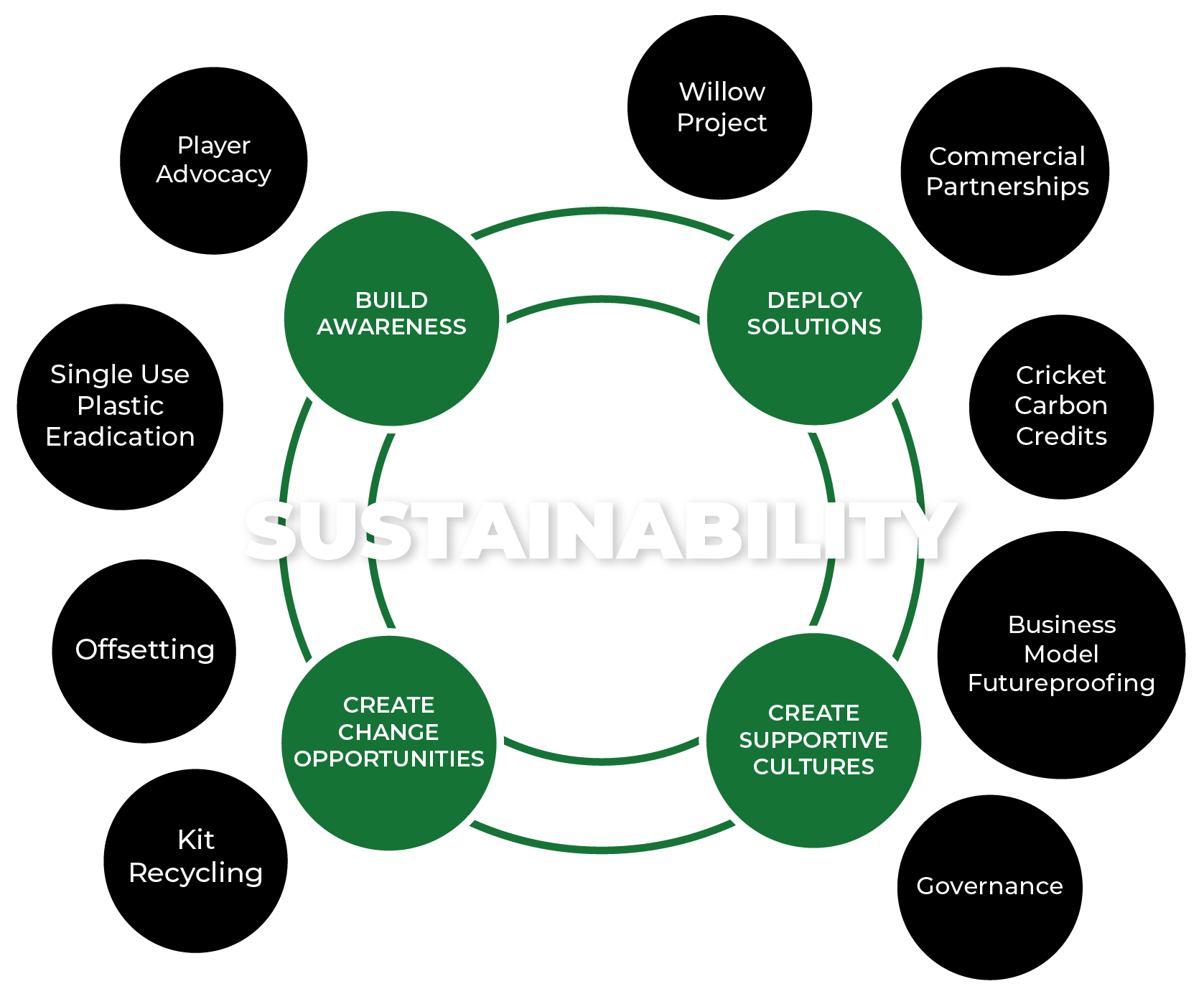
Documents
Our Sustainability Partners & Suppliers






Awards
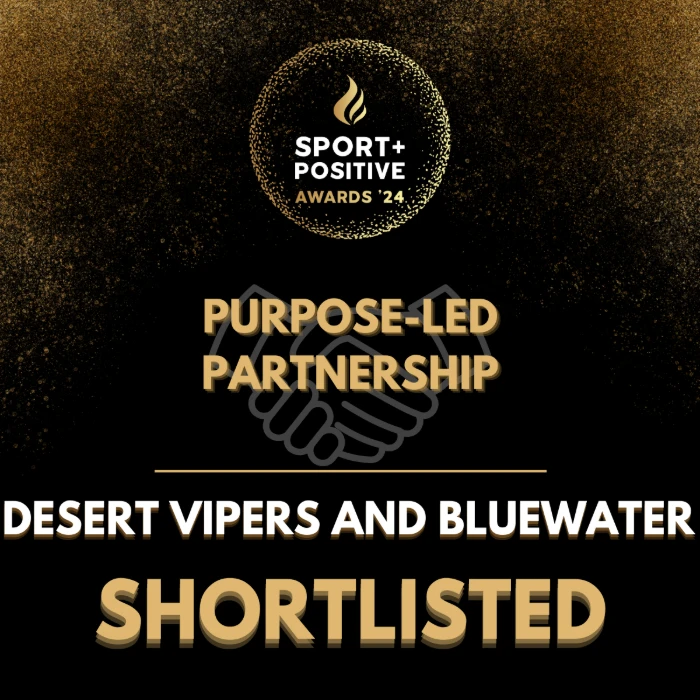

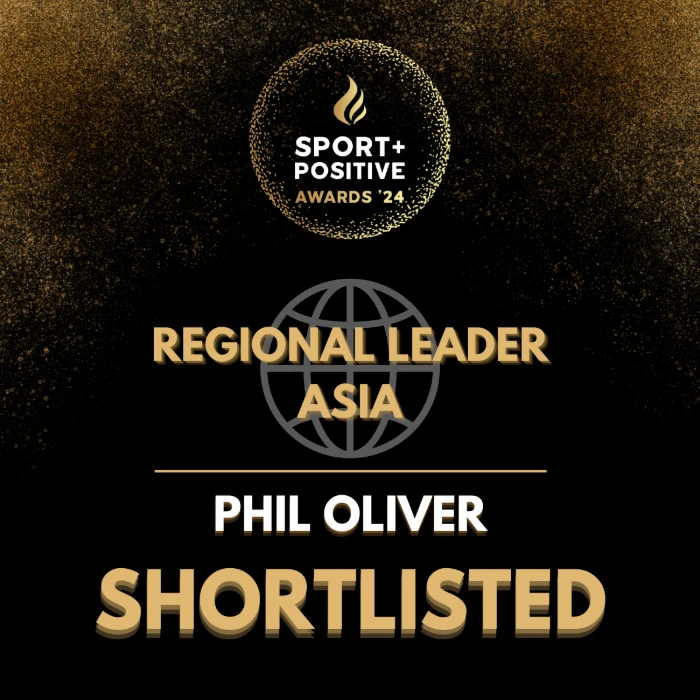
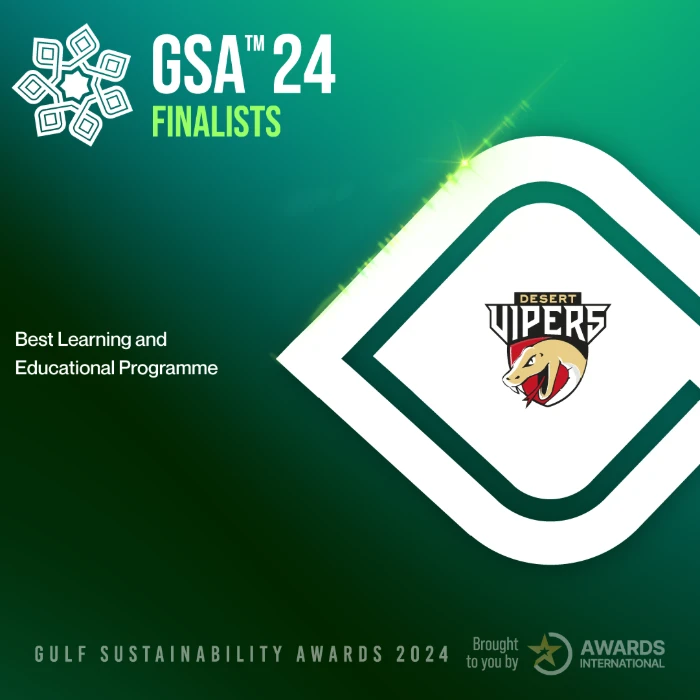
Season 2
Carbon Footprint Score
775.7
tCO2e



